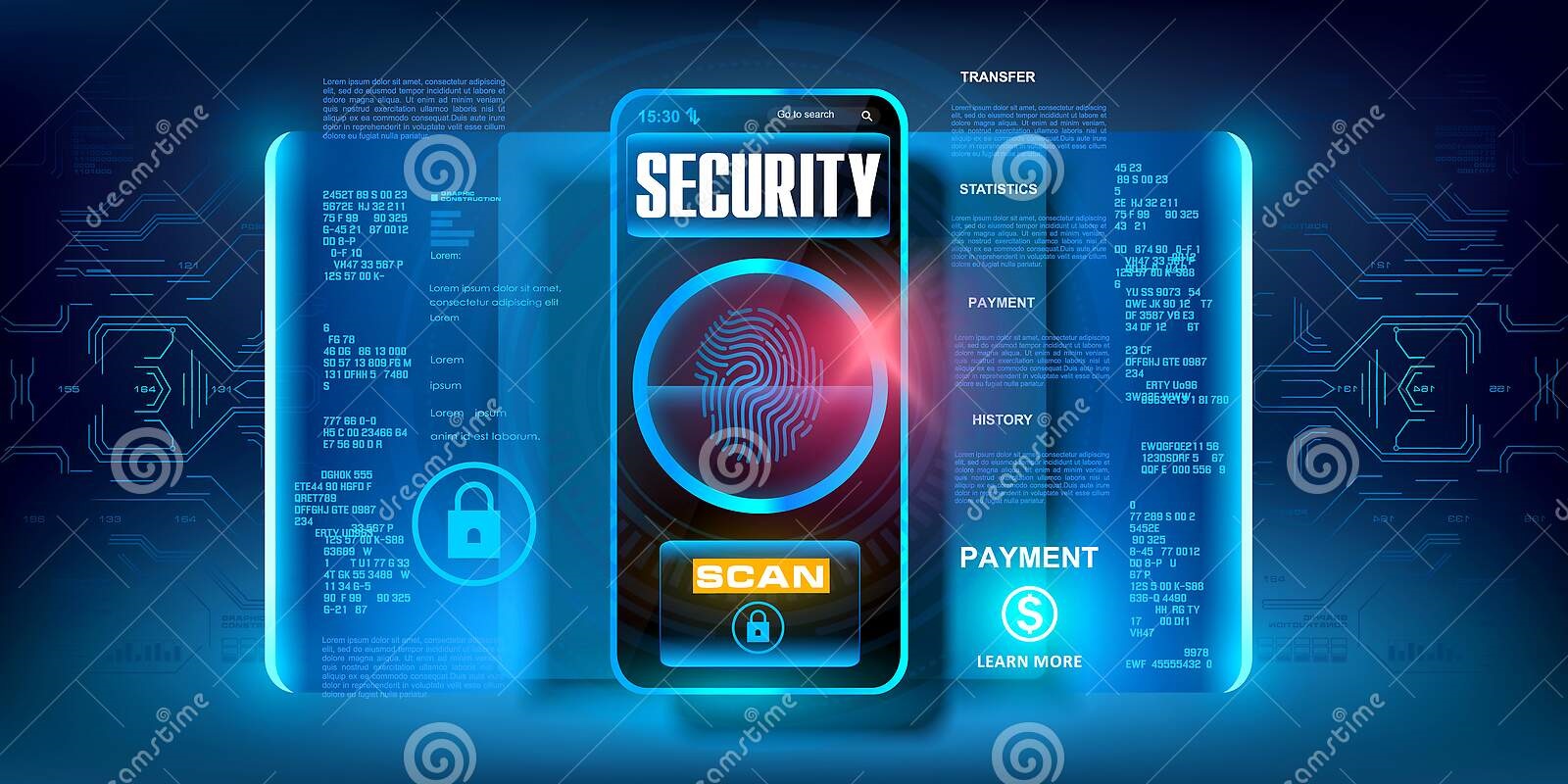In today’s world, where data breaches and cyber attacks are becoming increasingly common, protecting our data has become more critical than ever. One of the essential tools in data protection is encryption. In simple terms, encryption is the process of converting data into a secret code that can only be decoded with a key. This helps keep your data safe from unauthorized access.
Table of Contents
Myths about Data Encryption and Privacy
Despite its importance, there are several myths surrounding data encryption and privacy. Let’s take a look at some of the most common ones:
A. Myth #1: Encryption is only for Tech Experts
Encryption is often thought of as a complicated and technical process that only experts can perform. However, with the rise of user-friendly encryption tools, it has become more accessible than ever. You don’t need to be an IT expert to use encryption tools.
B. Myth #2: Encryption Slows Down Computer Performance
Encryption does require some processing power, which could potentially affect computer performance. However, with modern encryption tools, the performance impact is minimal and almost unnoticeable.
C. Myth #3: Encryption is Only for Illegal Activities
Another common myth is that encryption is only for those engaged in illegal activities. However, encryption is used in everyday online activities, such as online banking and shopping. In fact, most websites that require you to enter personal information, such as credit card details, use encryption to protect your data.
D. Myth #4: Encryption is Expensive
Encryption tools are now widely available, and many of them are free. While some enterprise-level encryption tools may come with a cost, many options are available to individuals and small businesses at little to no cost.
E. Myth #5: Encryption is Unbreakable
While encryption does make it difficult for unauthorized users to access your data, it is not entirely unbreakable. However, the level of difficulty in breaking encryption depends on the strength of the encryption key used. Strong encryption keys can make it almost impossible for hackers to access your data.
How to Implement Data Encryption and Protect Your Privacy
Now that we’ve debunked some of the common myths surrounding data encryption and privacy let’s discuss how you can implement data encryption and protect your privacy:
A. Use Strong Passwords
Using strong passwords is crucial to protecting your data. Make sure your password is at least eight characters long, includes a mix of uppercase and lowercase letters, numbers, and symbols, and is unique to each account.
B. Encrypt Sensitive Data
Encrypting sensitive data, such as financial information or personal identification, can help prevent unauthorized access. Many operating systems and applications offer built-in encryption tools, or you can use third-party encryption software.
C. Keep Your Software Updated
Keeping your software updated is essential to protecting your data from cyber threats. Software updates often include security patches that fix vulnerabilities that hackers could exploit.
D. Use Two-Factor Authentication
Two-factor authentication adds an extra layer of security to your accounts by requiring you to enter a code, sent to your mobile device, in addition to your password. This can help prevent unauthorized access to your accounts.
E. Use a VPN (Virtual Private Network)
A VPN encrypts your internet connection, making it difficult for anyone to intercept your data. It also hides your IP address, making it harder for third parties to track your online activities.
Conclusion
In conclusion, data encryption is a vital tool in protecting your data and privacy. It’s important to understand the common myths surrounding encryption and to implement best practices to keep your data secure. By using strong passwords, encrypting sensitive data, keeping your software updated, using two-factor authentication, and a VPN, you can significantly reduce the risk of data breaches and cyber attacks.

